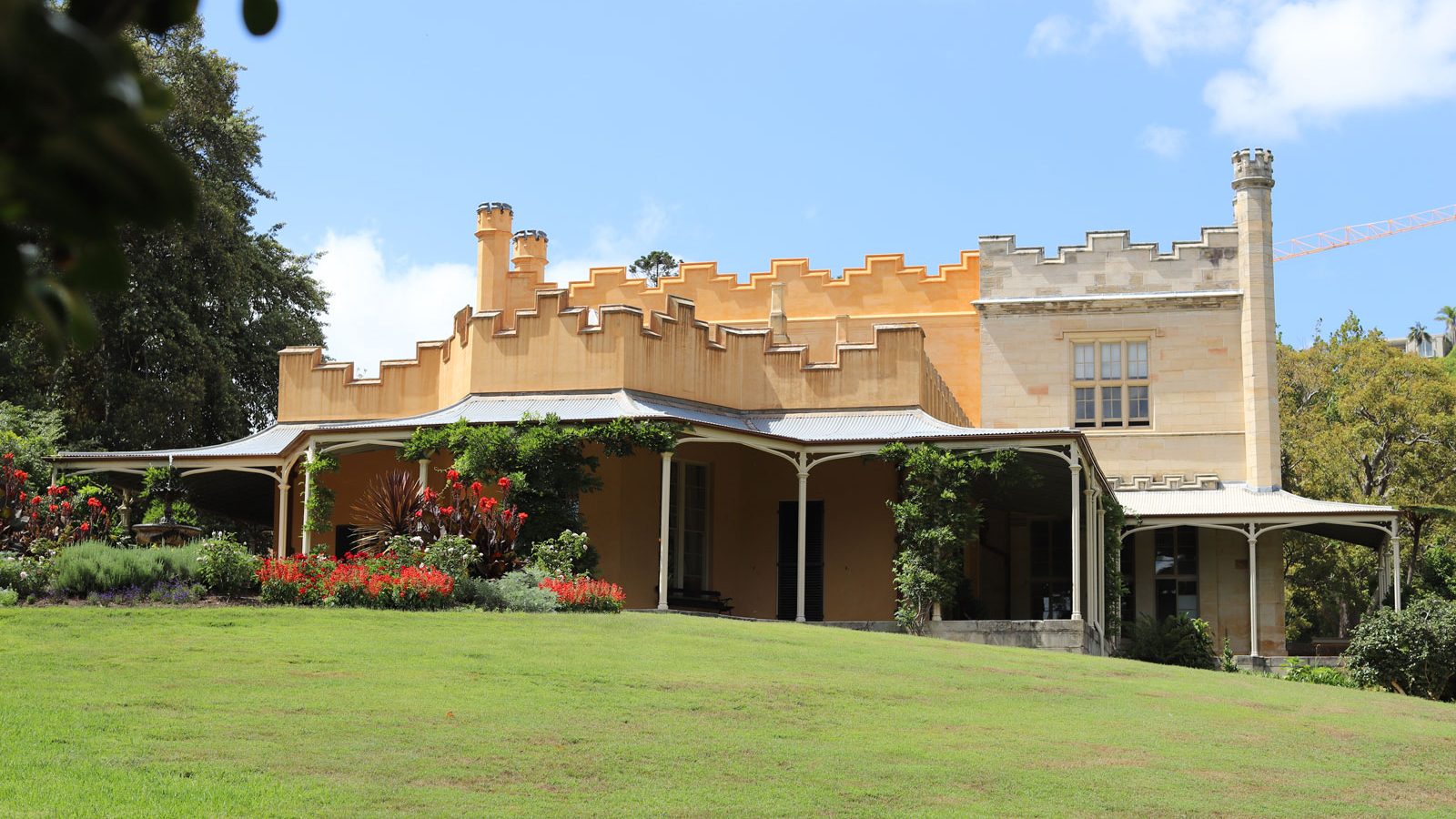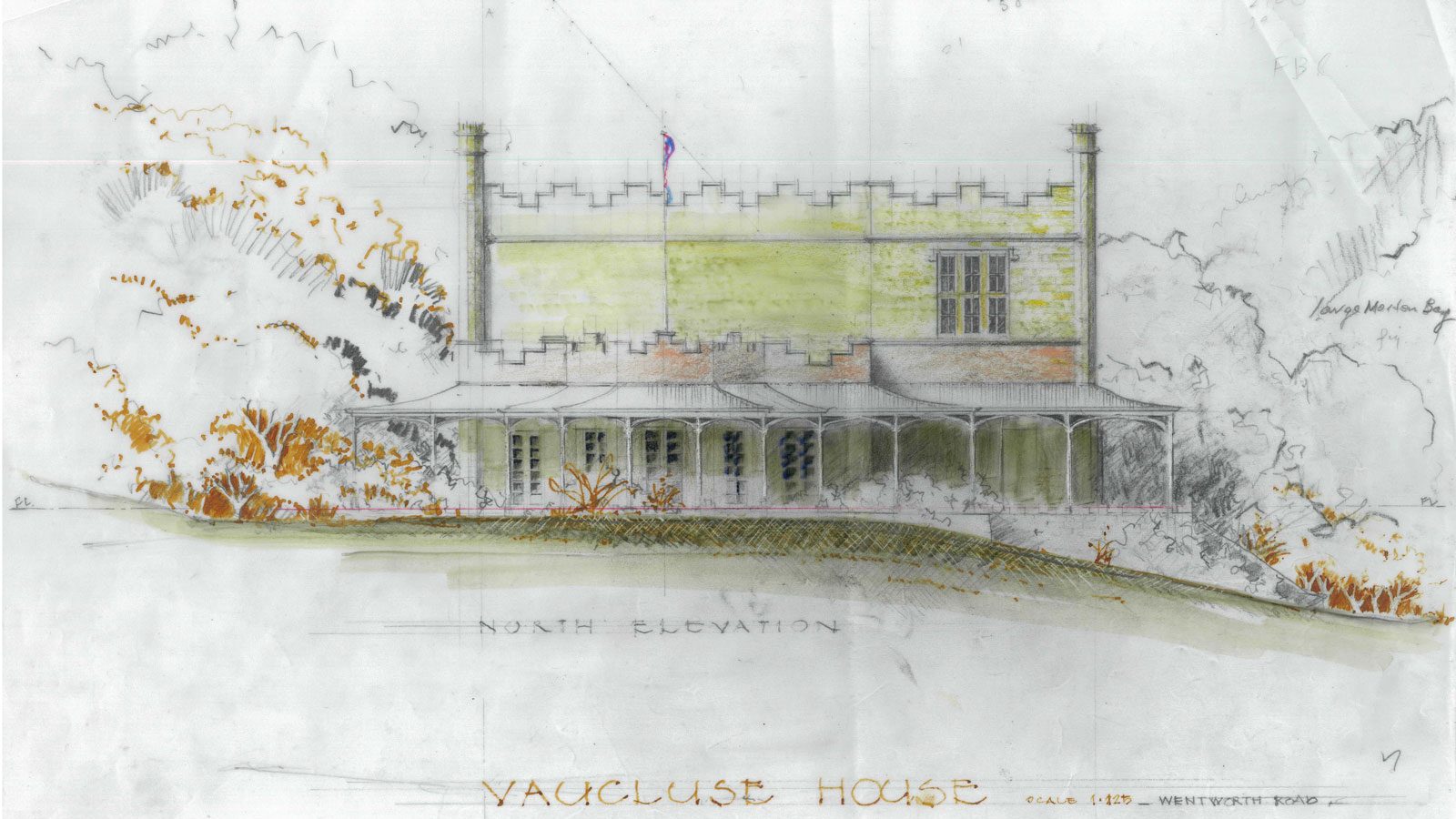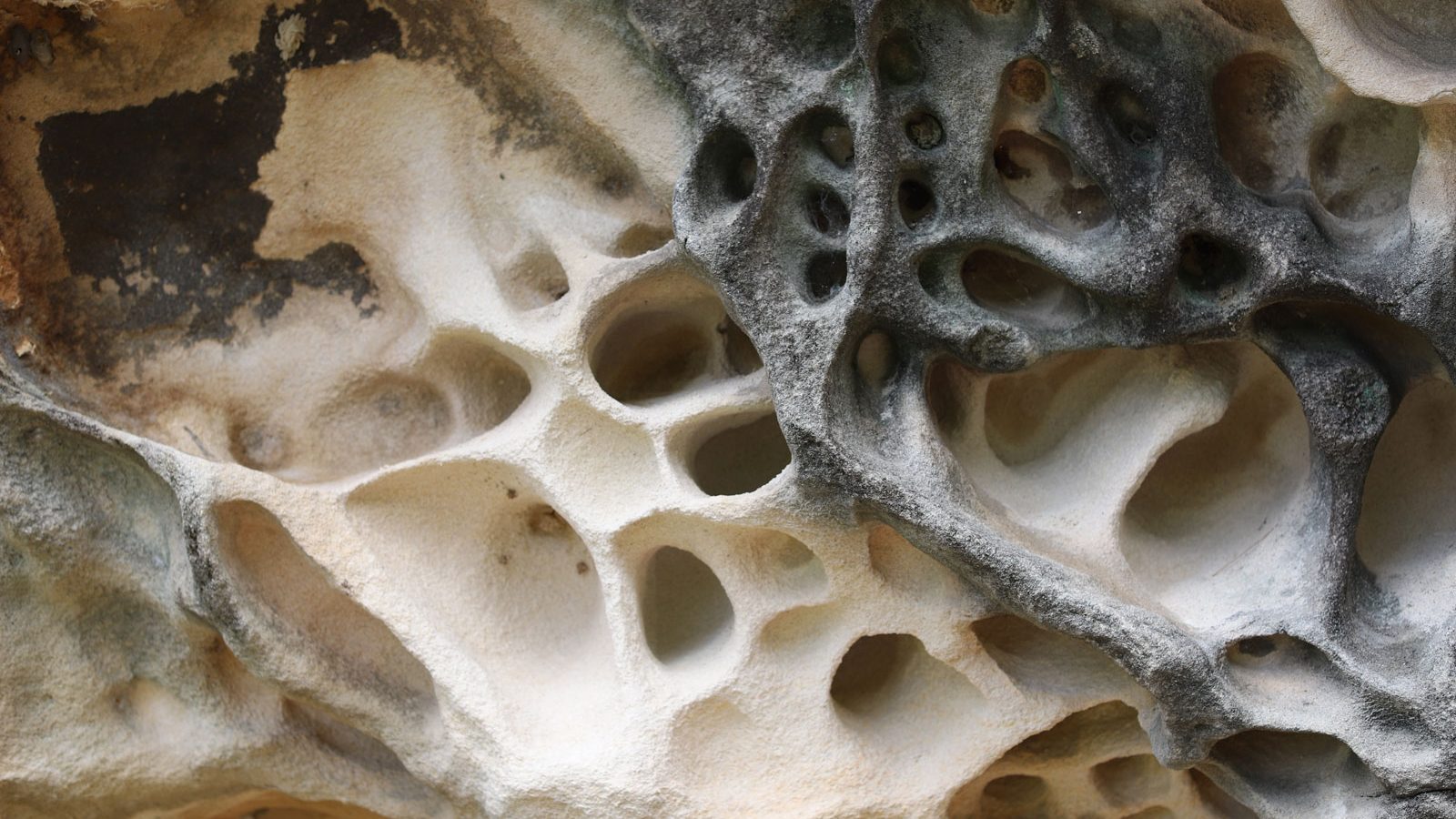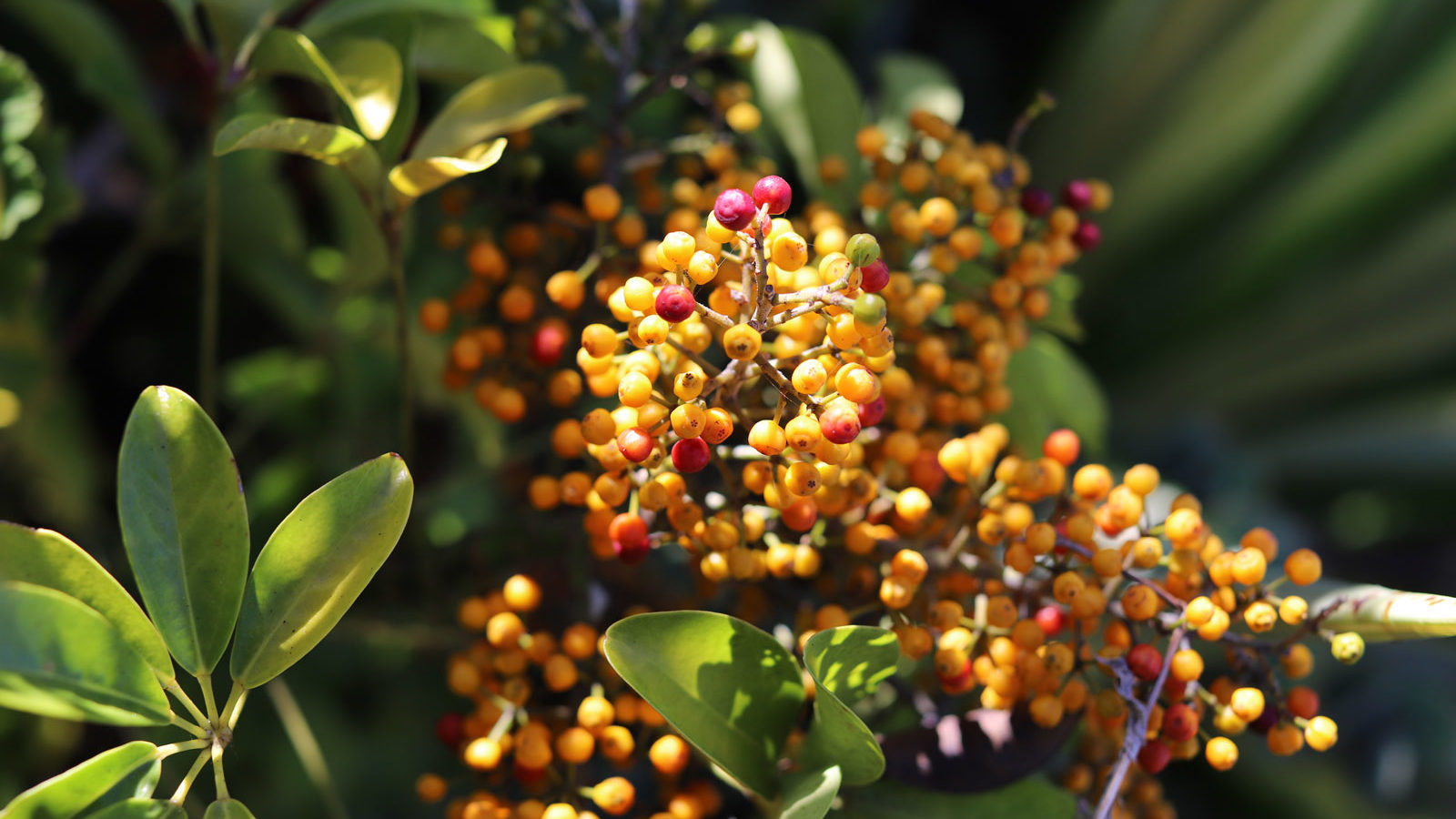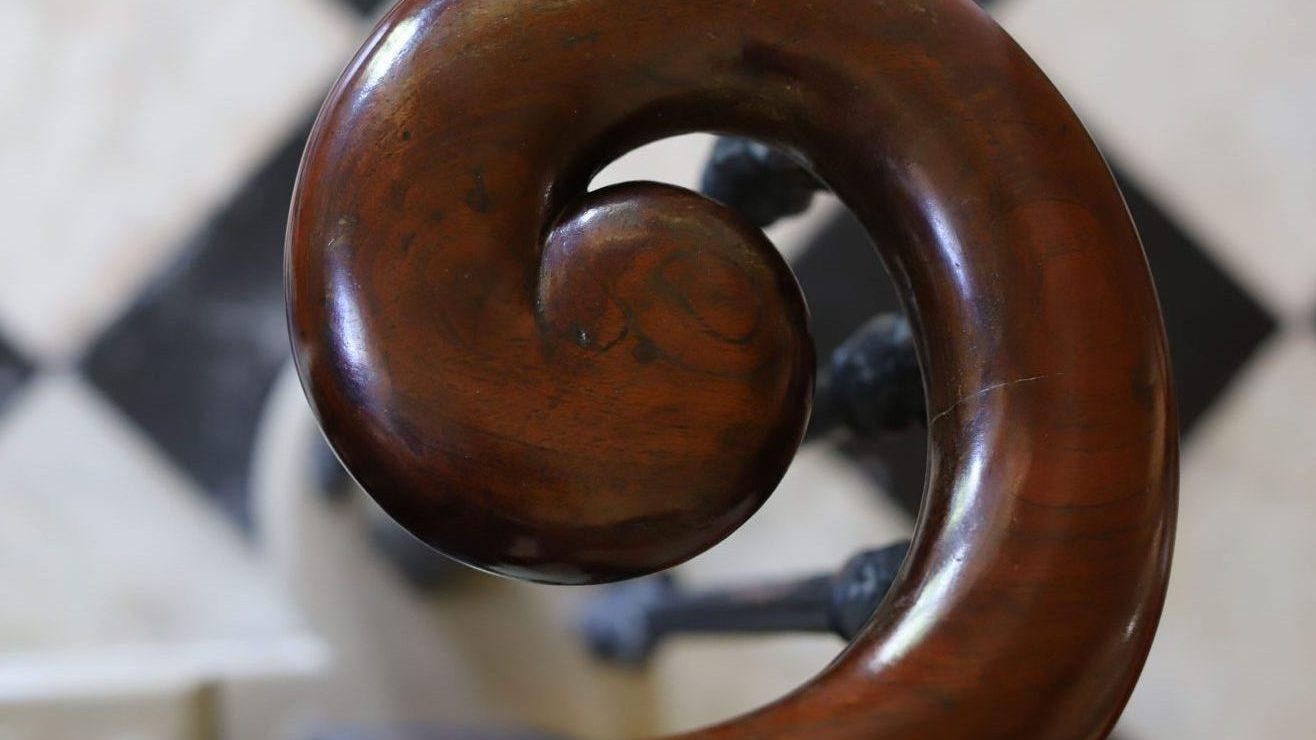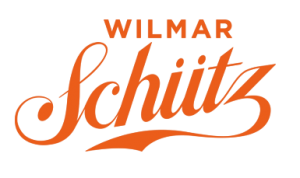Vaucluse House, Vaucluse, NSW Australia
Vaucluse House at Vaucluse NSW is a unique and fascinating property with a remarkable history. Its an outstanding example of early Australian colonial architecture and it’s pioneering legislative family who encountered social turmoil. The present day Georgian mansion and ancillary buildings are silhouetted in a picturesque composition against mature native and deciduous trees which thrive in Sydney’s lush sub-tropical climate. The site is nestled in 11 hectares on Sydney’s Harbour frontage overlooking the cove of Beach Paddock.
Property History
The 1840’s Georgian mansion commenced as a small cottage built in 1803 by Sir Henry Brown Hayes 1762-1832 who was an eccentric Irish knight and Sheriff of Cork and lieutenant in the South Cork Militia. He named the property Vaucluse after the village of Fontaine-de-Vaucluse near Avignon in southern France. In 1827 the residence was purchased by William Charles Wentworth 1790-1872 explorer, barrister and writer who enlarged it during l827-30 with two and three storey stone additions.
Wentworth, who by then was a prominent figure in the colony, lived there from 1827-62 and was the father of New South Wales constitution where he drafted legislation in the library of Vaucluse House. Wentworth, was an explorer, author, barrister, pastoralist and statesman and one of Australia’s greatest early colonists. Unfortunately, he carried the social stigma of his family’s convict past.
Architectural Features
When Wentworth bought the house in 1827, it was a single-storey cottage in a secluded valley of partly cleared coastal scrub. Over five decades, William and his wife Sarah developed Vaucluse into a large and picturesque estate in stages. The grounds were extended and flourished to cover most of the present-day suburb of Vaucluse but the main house of the family’s dreams was left unfinished.
The impressive two storey Georgian sandstone house with Gothic references was designed by Robert Bostock. It features fine cast iron concave Victorian verandahs with diagonal sandstone flagging and slender pairs of triple cast iron columns were added in the early 1860s. One of Wentworth’s first improvements to the estate was a picturesque suite of well detailed Gothic outbuildings, including barracks for convict servants and imposing sandstone stables, harness room, fodder room, men’s quarters and coach house.
Special Comments from Chris Wilmar, Architect
Vaucluse House has been impeccably restored by conservation experts over several decades by it’s owners Sydney Living Museums formally the Historic Houses Trust of NSW. All of the old trades and traditional methods and materials present in and around Vaucluse House are a beautiful marriage with the values of the Museum. For example, humble and honest materials are honed by master craftsmen, hand-blocked floral wallpaper borders printed by English wallpaper firm E T Archer and the roof was restored recently with Sheer Oak shingles sourced from Northern NSW.
Look at other architectural properties in the Portfolio section of the website.
Vaucluse House POA, Our commission includes a 5% donation to Sydney Living Museums. Terms and conditions apply.
Description Vaucluse House 56 x 76 cm portrait, 640gsm watercolour board, 1:100 elevation and floor plan (unframed)


